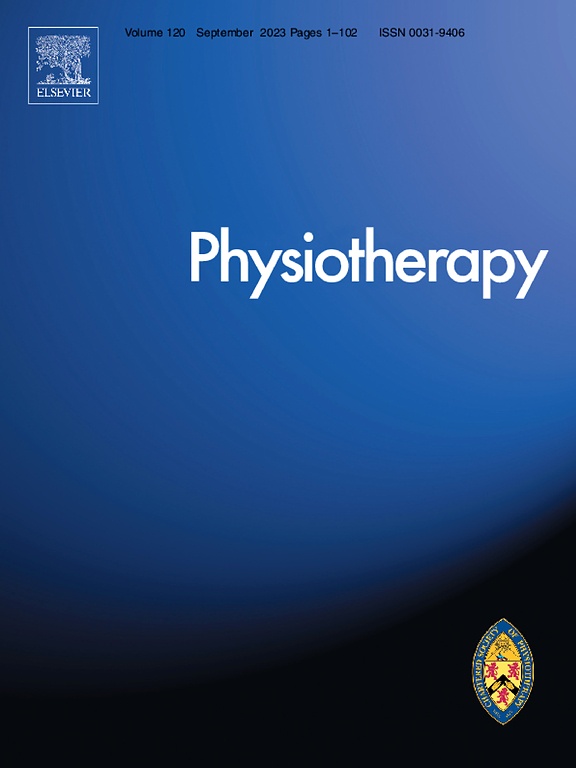
Similar clinical outcomes with McKenzie method and motor control exercises for chronic low back pain

Similar clinical outcomes with McKenzie method and motor control exercises for chronic low back pain
A randomized clinical trial comparing the McKenzie method and motor control exercises in people with chronic low back pain and a directional preference: 1-year follow-up
Physiotherapy. 2019 Dec;105(4):442-445.Did you know you're eligible to earn 0.5 CME credits for reading this report? Click Here
Synopsis
Fifty-eight patients completed the 1-year follow up in a randomized study comparing the McKenzie method vs. motor control exercises for the treatment of chronic low back pain. The primary outcome of interest was the change in trunk muscle thickness of the transversus abdominis, obliquus internus and obliquus externus muscles. Secondary outcomes of interest included the patient specific functional ...
To view the full content, login to your account,
or start your 30-day FREE Trial today.
FREE TRIAL
LOGIN
Forgot Password?
Explore some of our unlocked ACE Reports below!

Learn about our AI Driven
High Impact Search Feature
Our AI driven High Impact metric calculates the impact an article will have by considering both the publishing journal and the content of the article itself. Built using the latest advances in natural language processing, OE High Impact predicts an article’s future number of citations better than impact factor alone.
Continue



 LOGIN
LOGIN

Join the Conversation
Please Login or Join to leave comments.